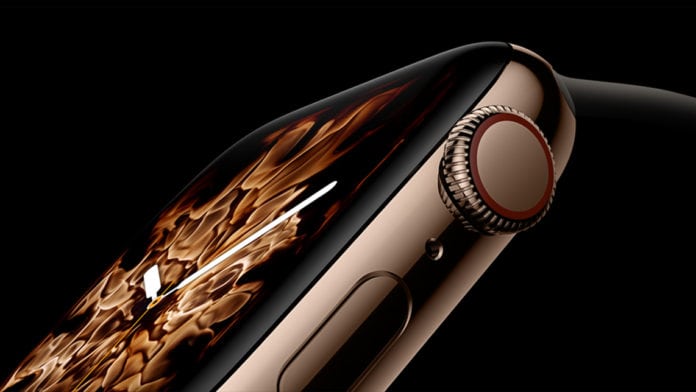Technology powerhouse Apple (Nasdaq: AAPL) on Wednesday gave tech lovers a peek at its redesigned and re-engineered Apple Watch product. By touting the device’s updated health capabilities, such as a new fall-detection feature and heart rate sensor, Cupertino, California-based Apple likely caught the attention of home-based care providers, too.
Curbing re-hospitalizations and emergency department visits is a major focus for home health and home care companies — and preventing falls in the home is a big piece of that puzzle.
Roughly one-third of all seniors fall each year, mostly at home, according to a 2017 report from the U.S. Department of Housing and Urban Development (HUD). While the majority of seniors who suffer falls sustain minor injuries, up to 30% sustain moderate to sever injuries, including some that are fatal.
About half of all accidental deaths that occur in the home are because of falls, research from the National Floor Safety Institute has found.
The Apple Watch Series 4 uses a built-in, next-generation accelerometer and gyroscope that measures up to 32 g-forces — along with custom algorithms — to reliably identify when hard falls take place, according to the company. After identifying a hard fall by analyzing wrist trajectory and impact acceleration, the smartwatch also sends users an alert, which they can then dismiss or use to start a call with emergency services if needed.
If the device senses 60 seconds of immobility, it will automatically call emergency services, as well as send a message with location information to users’ personal emergency contacts.
Expenditures related to falls and fall-related injuries are estimated to cost billions of dollars every year and could grow to nearly $60 billion by 2020, according to the HUD.
The Living in Place Institute and the Universal Design Living Laboratory are among the U.S. organizations working with home-based providers to reduce fall risks in seniors’ homes.
Heart health
Besides fall detection, Apple’s latest smartwatch model also comes with a new electrical heart rate sensor that can take an electrocardiogram (ECG) using a dedicated app, which as been granted de novo classification by the U.S. Food and Drug Administration. De novo classification applies to new, novel devices whose type has previously not been classified.
Through the app, users will be able to tell if their hearts are beating in a normal pattern or whether there are signs of atrial fibrillation, a heart condition that could lead to further health complications. Biometric data taken via the smartwatch can be stored in the app and shared with physicians.
“The completely redesigned Apple Watch Series 4 continues to be an indispensable communication and fitness companion, and now with the addition of groundbreaking features, like fall detection and the first-ever ECG app offered directly to consumers, it also becomes an intelligent guardian for your health,” Apple COO Jeff Williams said in a statement.
Although Apple’s smartwatch isn’t specifically designed for home health purposes, the company has made concerted efforts to expand into home-based care in the past. In 2016, the tech giant introduced CareKit, a software network that enabled monitoring of medical conditions at home with an iPhone.
Other tech companies have joined Apple in seeking home health opportunities.
Recently, electronics retailer Best Buy (NYSE: BBY) agreed to acquire GreatCall — a company that develops and sells senior-friendly smartphones, smartwatches, medical alert devices and other technology to support and extend older adults’ independence — for $800 million in cash.
In addition to the new health capabilities, the Apple Watch Series 4 is also more than 30% larger than the most recent model, which may also be appealing to some seniors.
The Apple Watch Series 4, with both GPS, and cellular service costs $499. It will be available to order starting Sept. 14 in most markets.
Written by Robert Holly
Companies featured in this article:
Apple, Best Buy, GreatCall, Living in Place Institute, Universal Design Living Laboratory




